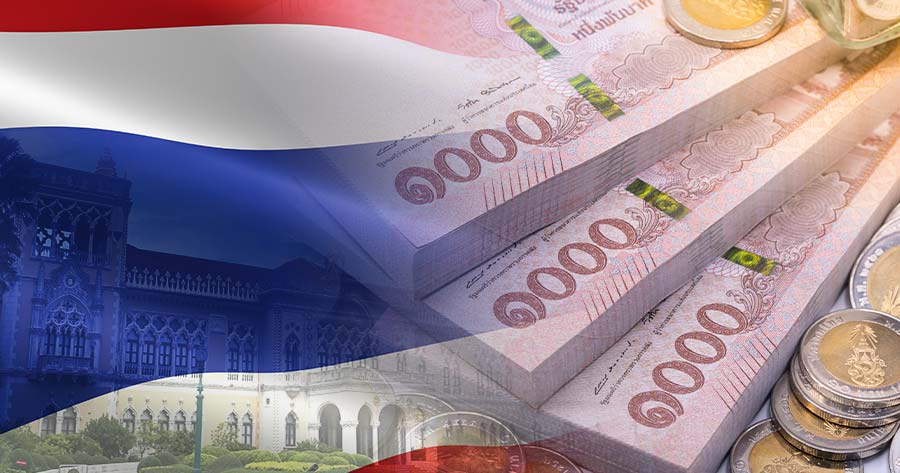Thailand’s Cabinet has given the green light to a substantial economic stimulus plan worth 157,000 million baht to strengthen Thailand against global headwinds.
The package was previously a scheme promised by the Pheu Thai Party during the election campaign to inject cash into the economy by distributing 10,000 baht to roughly 45 million citizens. To date, about a third of the intended funds have been disbursed, benefiting 14.5 million welfare cardholders, individuals with disabilities, and an additional four million senior citizens.
As the Thai economy is expecting to face challenges amid global trade tensions and slow demand, the government is planning to shift its disbursement to improve other areas to boost the economy instead.
The redirection, proposed by the Ministry of Finance and reviewed by the economic stimulus policy committee, aims to inject funds directly into the system to maintain employment and lay foundations for future growth. Funding for this initiative will be drawn from the central expenditure of the fiscal year 2025 budget, specifically allocated for economic stimulation and strengthening the economy.
The comprehensive plan is structured around four key areas:
- Infrastructure Development: This focuses on both water and transport systems. Water projects include flood prevention, water storage for dry seasons, distribution to communities and agricultural areas, and improving water supply systems. Transport initiatives aim to ease traffic bottlenecks, improve safety, repair rail-road crossings, build or upgrade truck stops, and enhance roads connecting secondary cities, tourist sites, and production zones.
- Tourism Promotion: Measures include improving attractions, sports facilities, and amenities such as restrooms and signage. The plan also focuses on developing tourist facilitation systems, enhancing safety through CCTV installation in key tourist areas, and stimulating domestic tourism—particularly in secondary cities.
- Reducing Export Impact & Boosting Productivity: This involves supporting farmers and SMEs in using technology to improve agricultural productivity and adapt cultivation areas. Financial and fiscal measures, such as credit support for exporters, will be used to support employment through the Social Security Fund. The plan also includes developing digital infrastructure to support digital government and international trade.
- Community Economy & Other Initiatives: This area supports Village Funds (SML) to provide local financing and foster grassroots economic development. Projects will also focus on community development based on local stakeholder needs and human capital development through education to build stronger economic foundations.
The government anticipates the plan will deliver effective short-term stimulus by accelerating spending on ready-to-go infrastructure projects, thereby creating jobs, distributing income, and boosting economic circulation. In parallel, the plan aims to achieve long-term structural adjustments through investment in human capital and improved regulatory frameworks to enhance national competitiveness, increase labour productivity, and lay the groundwork for sustainable development. Implementation will be carefully monitored to ensure maximum budget efficiency.





